
Facts & features Name: Uncle Dave’s Indoor Garden Ry. (UDIG) and East & Beyond (E&B) Scale: N (1:160) Size: 28 x 40 feet Theme: Route of the California Zephyr Locale: California to Chicago and points east Era: 1960-1999 Style: walk-in Mainline run: 380 feet Minimum radius: 21” (UDIG), 15” (E&B) Minimum turnout: no. 8 Maximum […]
Read More…
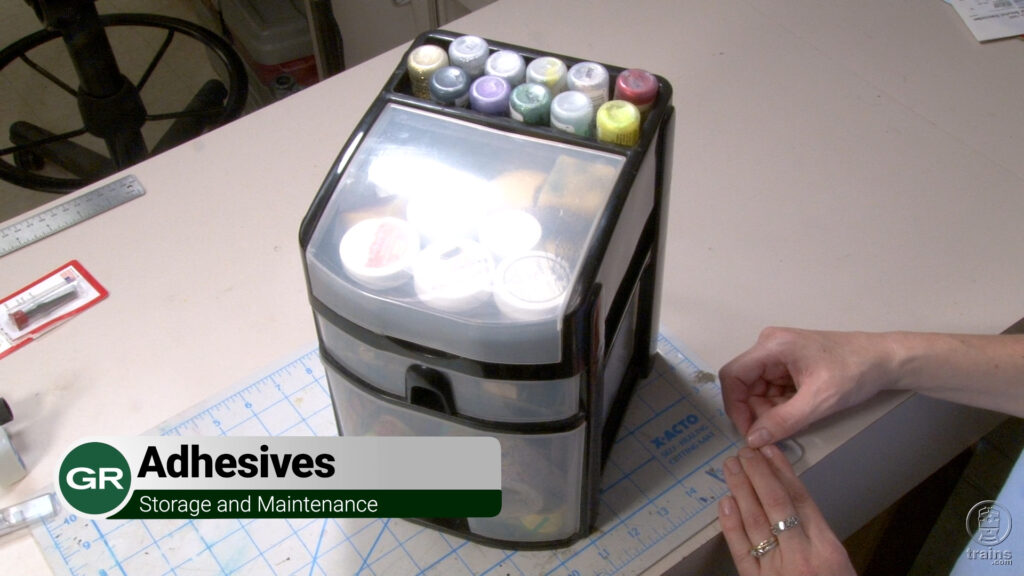
Staff member Rene Schweitzer demonstrates ways to make sure your adhesives are always ready to use. This quick video will show you easy-to-use tips for modelers of any scale. […]
Read More…
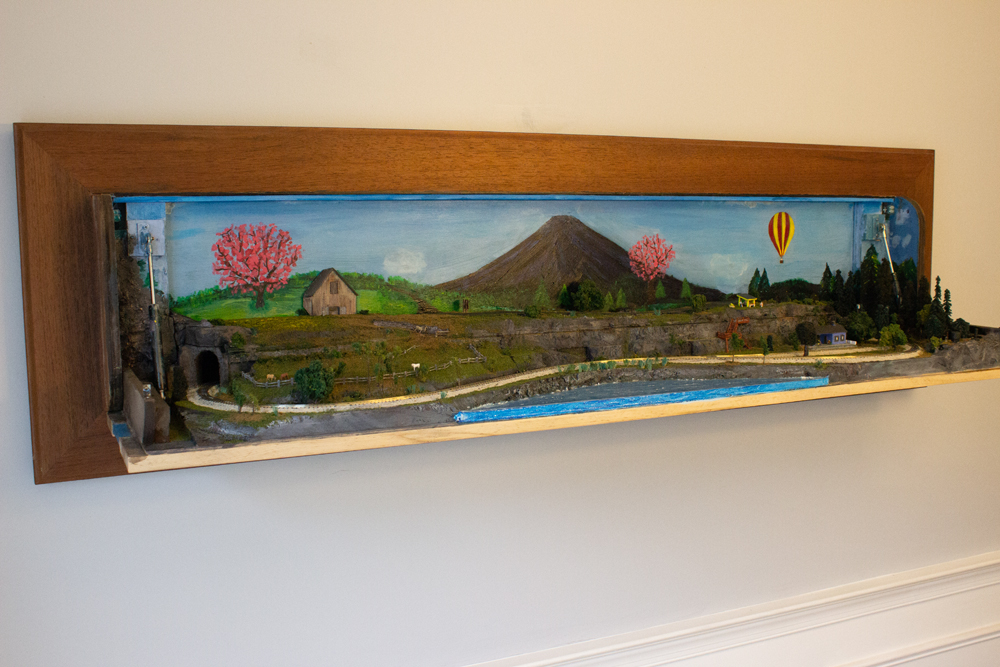
Peter Waldraff has always prioritized saving space when building a layout. His interest in this modeling niche first started when he was 27, when he built his first N scale layout in a custom built, glass-covered coffee table in order to maximize what minimal room he had in his 1,200 square foot house. However, […]
Read More…
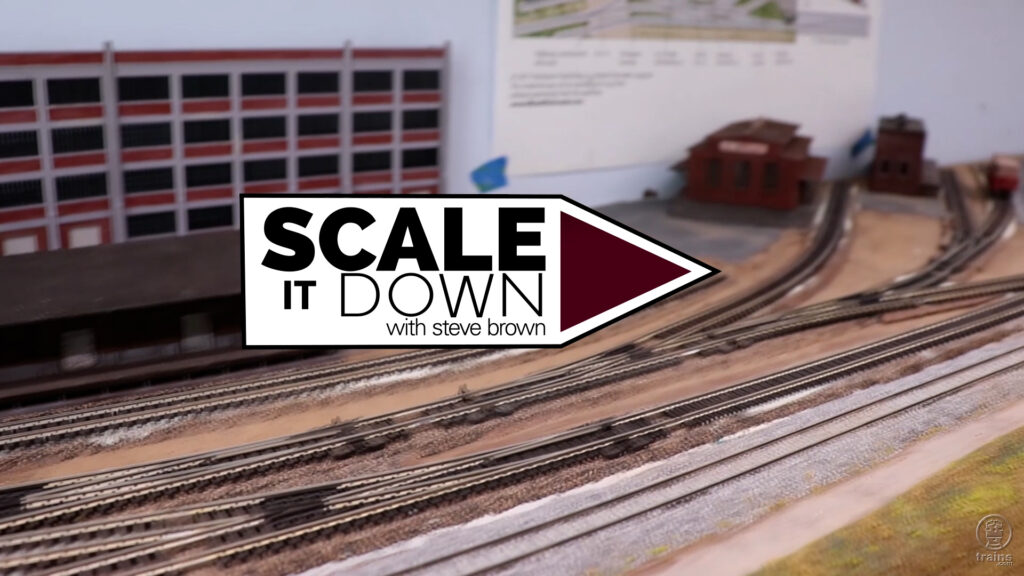
Our humble host, Steve Brown, shows how he planned and “paved” the roads to success on his N scale layout. Follow along to see why an application of drywall mud is his preferred beginning of a sensational dirt road. […]
Read More…
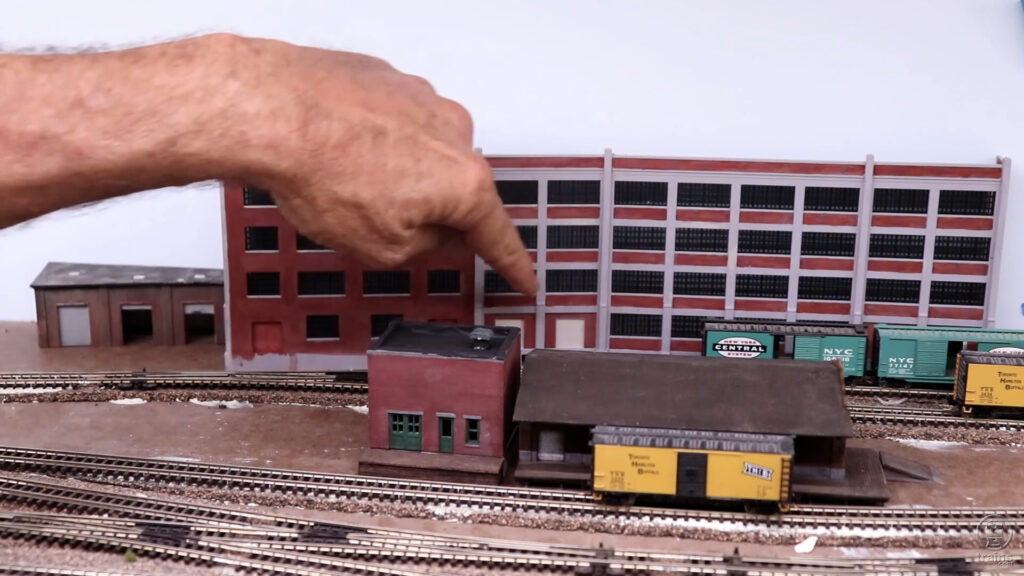
Steve “Regular Guy” Brown focuses on a kitbashed building that represents a signature structure on his N scale depiction of the Winston-Salem Southbound Railway. Explore the various techniques he used to form and fit this key component of the layout scene. […]
Read More…
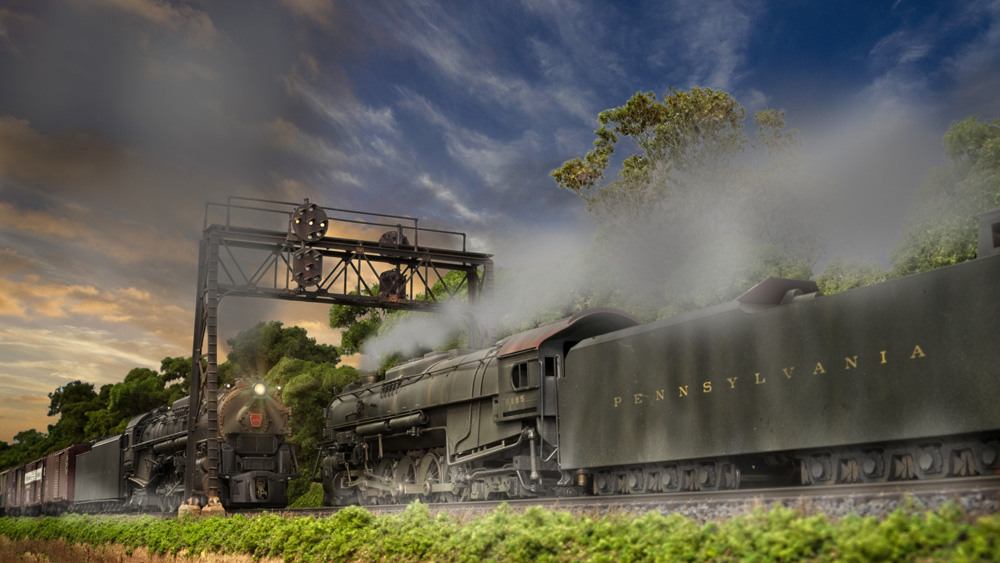
Trackside Photos is a showcase for the work of Model Railroader readers. Send your photos (digital images 5 megapixels or larger) to: Model Railroader, Trackside Photos, P.O. Box 1612, Waukesha, WI 53187-1612; or upload them to http://fileupload.kalmbach.com/contribute. For our photo submission guidelines, contact associate editor Steven Otte at sotte@mrmag.com. […]
Read More…
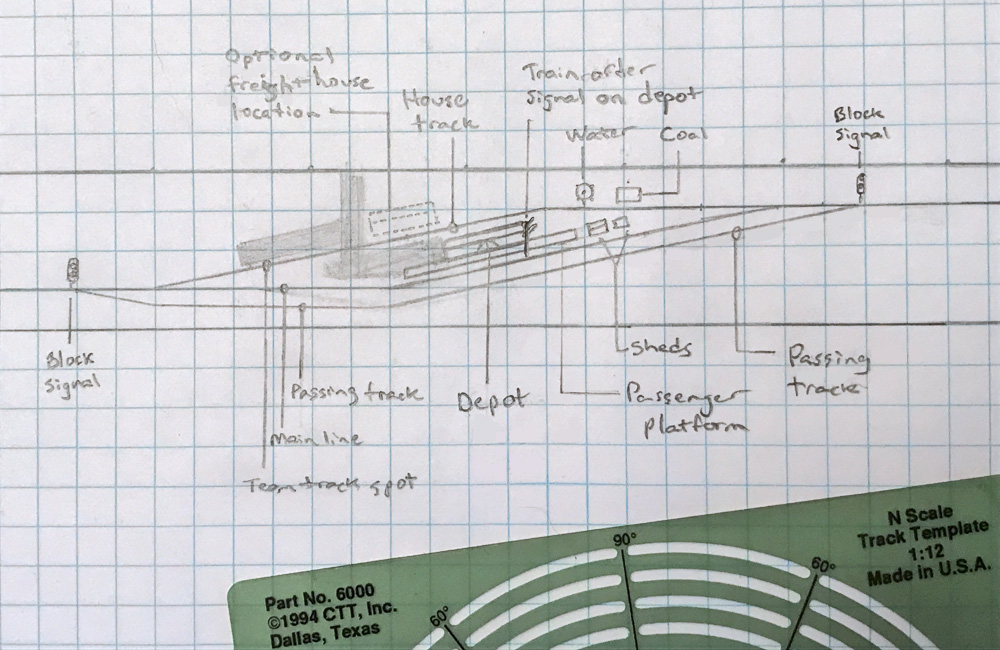
If you ask a layman to define a train station, they’ll describe a big building where people buy tickets and wait to board passenger trains. A slightly more knowledgeable person might also mention the presence of freight and baggage facilities and railroad offices. But when we talk about railroad operations – whether of the full-size […]
Read More…
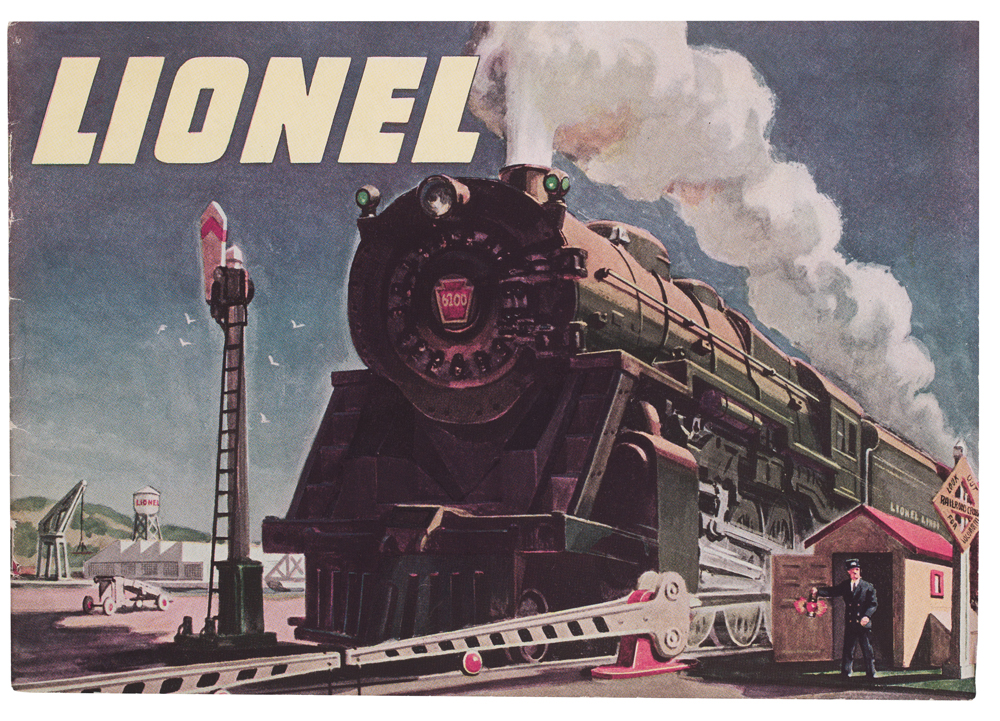
The year 1946, when both the A.C. Gilbert Co. and the Lionel Corp. brought out their first full lines of electric trains for the postwar era, saw both heralding new locomotives equipped with a mechanism capable of producing smoke. Another milestone in the quest to market more realistic miniatures had been achieved. Truth be told, […]
Read More…
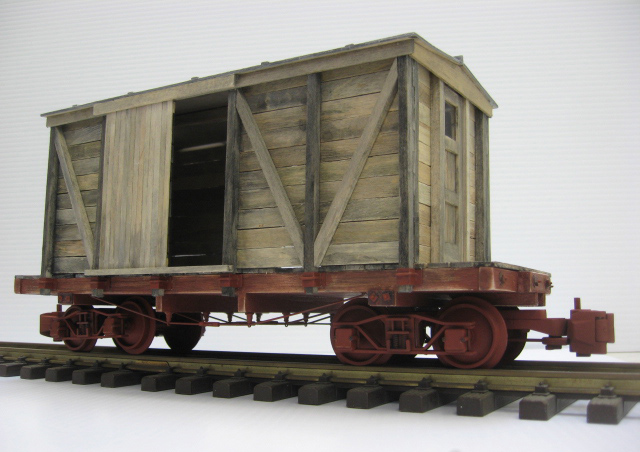
It’s been common practice for railroads to modify antiquated rolling stock to suit a particular need for Maintenance of Way (MOW) equipment. An old flatcar no longer of use for main line service often became an asset for work trains. The flatcar could be repaired, lightly modified, and put into service looking much like it […]
Read More…
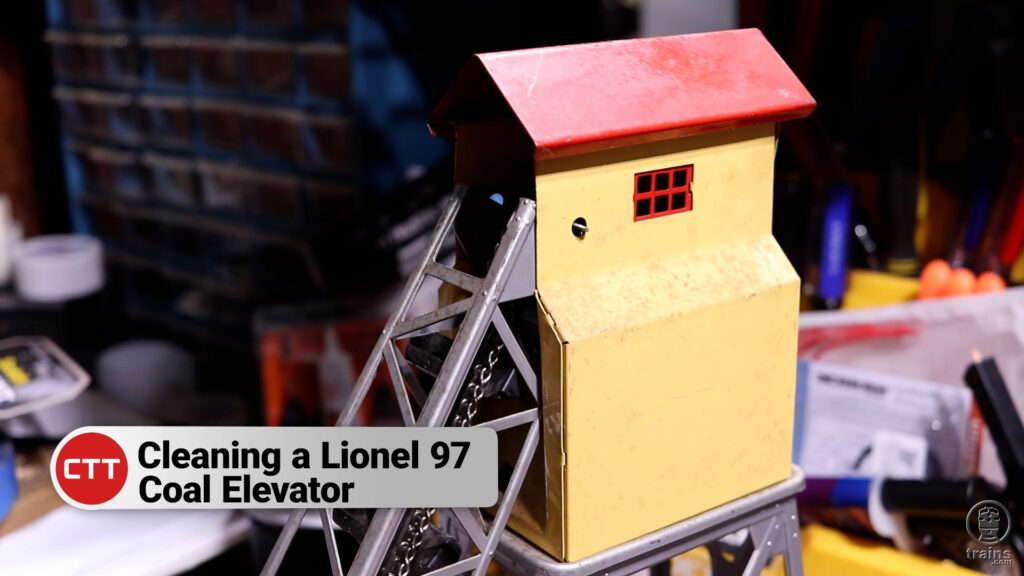
Hal Miller continues his Workbench Minute series showing how to clean a Lionel no. 97 elevator. He uses a cleanser that’s both safe for his skin and the model to wipe away decades of dust and grime. […]
Read More…
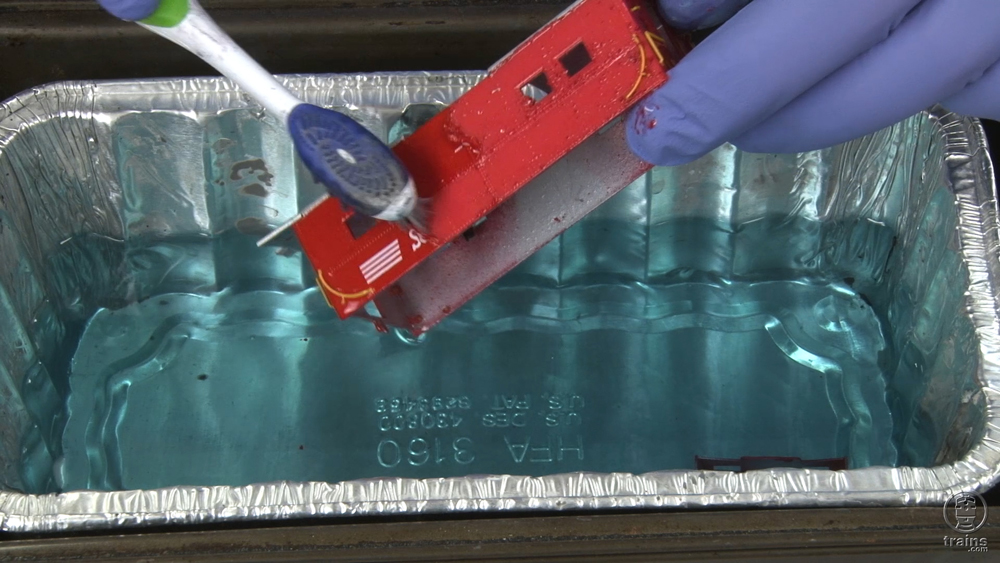
Eric White couldn’t find a Northeastern style caboose painted for the Lehigh Valley, but a vendor at a train show had several models in another paint scheme. In less than an hour, Eric had a model that was ready for new paint. Watch this video to see how he stripped the original paint. VIDEO TRANSCRIPT […]
Read More…
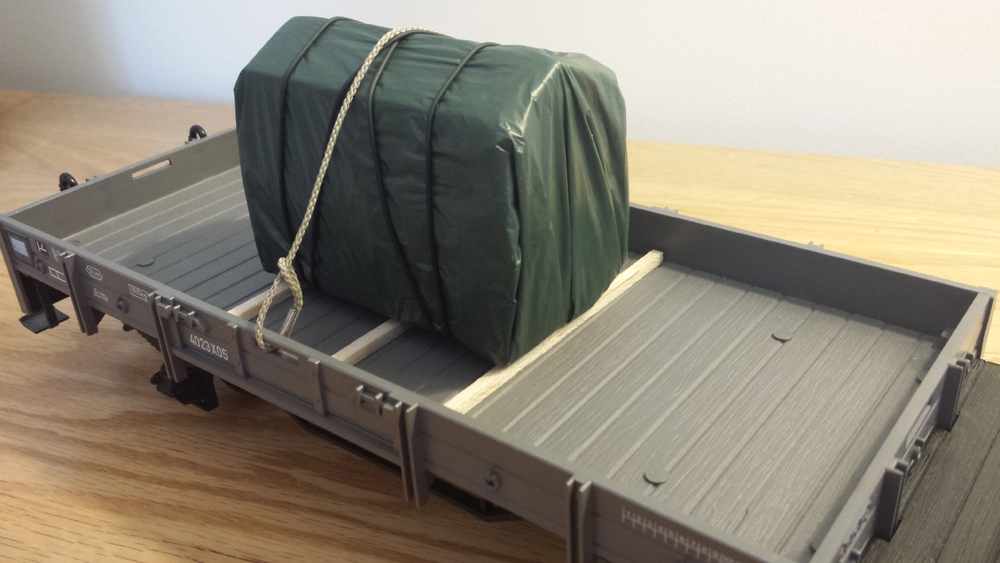
Part of the nature of our great hobby is to collect. Often we collect items not necessarily train related, like old toys, knickknacks, or scraps from a recent project. An easy way to incorporate them into your railroad is to turn them into loads for freight cars or loading docks. Here’s a sampling of castoffs […]
Read More…












